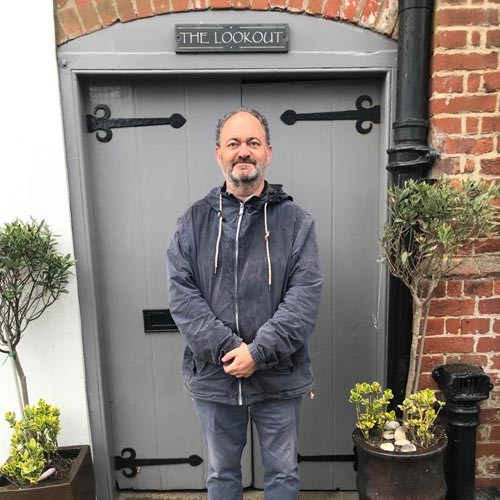Start Licensing’s Ian Downes sees how pop and street art is making its way more into licensing.
I have long been a fan of artist Keith Haring. Interestingly my interest was piqued by licensed products. My son Calum had a number of t-shirts and sweatshirts featuring some of Keith Haring’s distinctive artwork and designs. These were sourced from skateboarding and urbanwear shops.
It is a good example of how licensing can be an entry point for a brand or artist. Products such as apparel are very visible and in my case sparked a curiosity about the artist. The primary purpose behind a licensing campaign isn’t always a direct financial one. Licensing can help create awareness. Keith Haring’s art is a blend of pop and street art. It is very distinctive and is recognisable. Good qualities for a licensing programme.
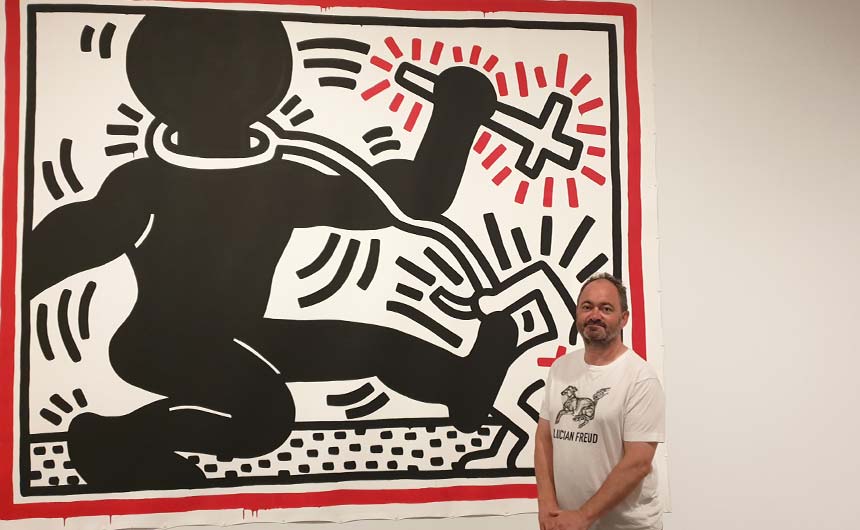
I was up in Liverpool at the weekend and was able to see a fantastic exhibition of his work at the Tate Liverpool.
I believe this is his first UK show – Keith died in 1990 and his artwork is now represented by his estate. Some of his influences were icons of pop culture themselves – Disney, Mickey Mouse and Dr Seuss. I imagine this exhibition is one which will travel the globe and help preserve his legacy.
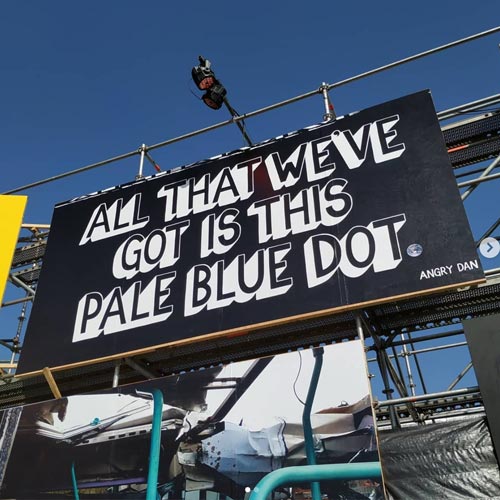
In product and licensing terms, it creates momentum around the art and a starting point for further commercial endeavours. Since seeing Calum wearing Haring art I have noticed it being used more widely commercially. Recently Keith Haring’s designs were part of a wider pop art collection from Uniqlo.
Interest and awareness of pop and street art seems to be growing and there is a crossover into consumer products. An example of this is that artist Angry Dan was recently signed up by Woodmansterne for a greetings card range – last weekend he was ‘live’ painting at Glastonbury.
A further example is Matt Sewell – he has a successful licensing and publishing programme built on his street art beginnings.
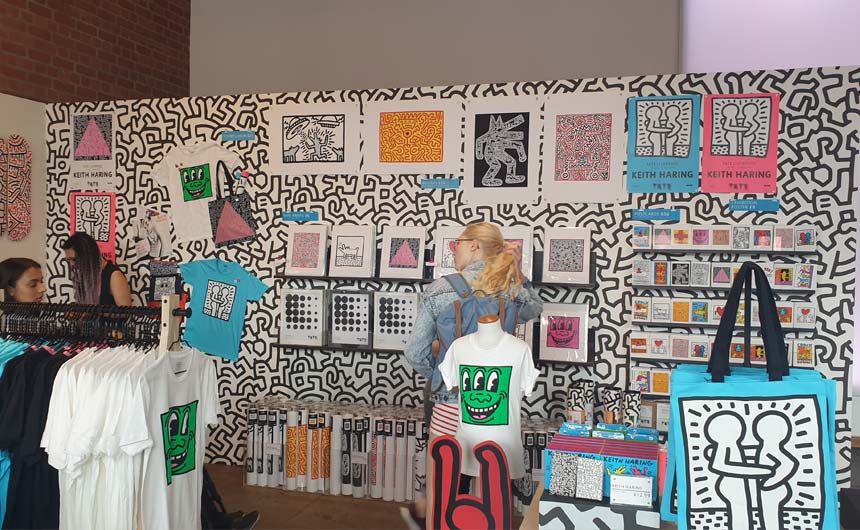
Returning to Keith Haring, the Tate and the artist’s estate have created a really strong offering of products that seem to blend licensed products with museum exclusives.
One standout item was an exclusive t-shirt linked to the exhibition. Museums and galleries are getting better and better at linking their retail activities with exhibitions and their permanent collections. Often the products and designs used in museum shops are a test ground for wider retail activity and licensing.
I expect to see more of Keith Haring’s art featuring on licensed products and I expect a number of global brands would find a partnership with the Keith Haring Foundation an attractive opportunity, especially if they can follow the exhibition around and activate things on a country by country basis in a coordinated way.
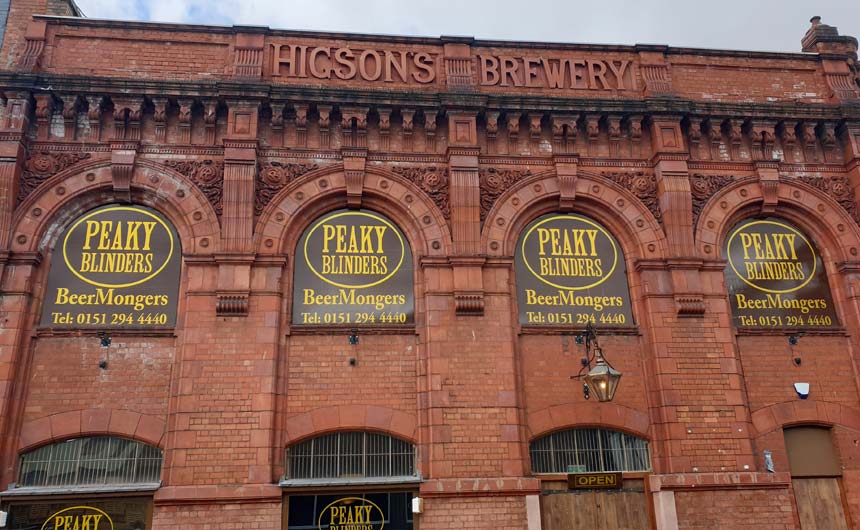
Live events and ‘happenings’ like art exhibitions are opening new doors for licensing and creating new audiences. ‘Live’ licensing is a growing category with a diverse range of activities getting underway… one I spotted this week was The War of the Worlds: The Immersive Experience based on Jeff Wayne’s Musical. This ‘immersive experience’ was promoted in Time Out with a gatefold pullout. It is based in Leadenhall Street and is set over 22,000 square feet. It is described as a ‘VR immersive theatre experience’.
I spotted another example while in Liverpool. There is a Peaky Blinders bar restaurant area housed in an old brewery – sadly I arrived there out of hours so can’t provide a review of it, but it is clear that experiences are becoming a core part of many brands’ licensing programmes.
Indeed last week Endemol announced a partnership with Jockey Club Racecourses and there will be a Peaky Blinders’ race day at Newmarket Racecourse. Will be interesting to see how this is developed.
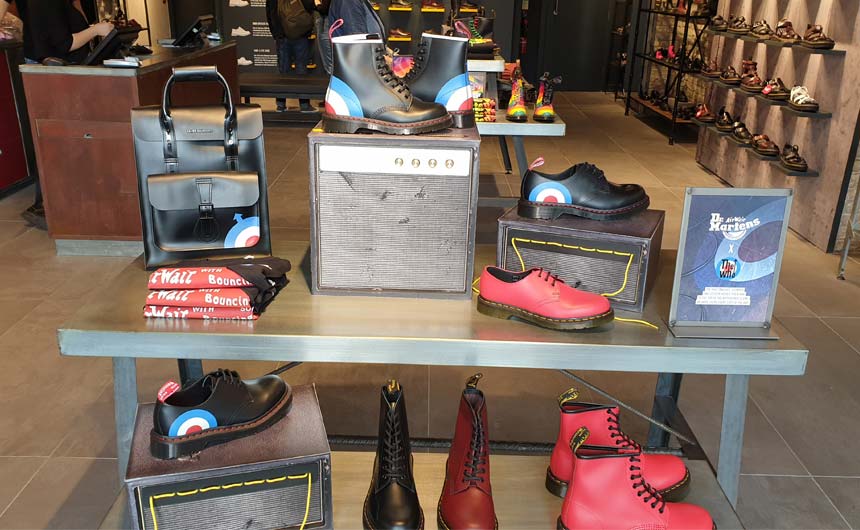
A company that is at the centre of pop culture and seems to have a good read on the sector is footwear brand Dr Martens. It uses collaborations from time to time and taps into a range of IP. One genre it has strong links with and a real heritage in is music. So it wasn’t a great surprise to see that it has a collection in store at the moment celebrating The Who.
The Who and Dr Martens share a lot of cultural DNA and both have a strong British heritage. Seems like a good partnership and to Dr Marten’s credit, it executes these opportunities well with in-store theatre, window displays and of course well designed products.
I would also applaud Dr Martens for its staff. In my experience they always seem enthusiastic, helpful and knowledgeable about products and partnerships. It is good to see that a classic brand invests in good staff and realises that shop staff are brand ambassadors.
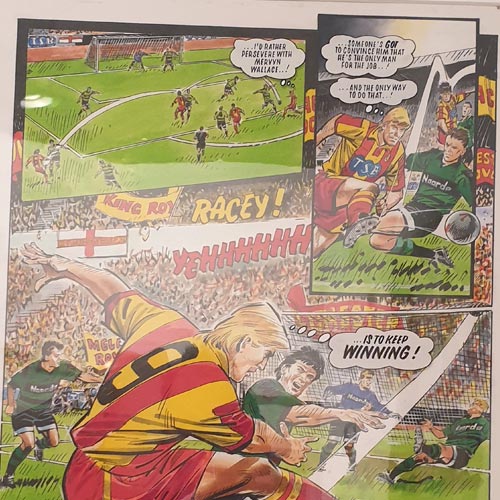
Finally, returning to the museum sector I was lucky to be invited to a preview night at The Cartoon Museum. The Cartoon Museum has moved to new premises and is now based in Wells Street just off Oxford Street. It is located in a contemporary space which showcases the best in political cartooning and also is a fabulous showcase for comic art.
I am a comic fan and was an avid reader of Tiger & Scorcher when growing up so it was lovely to see Roy of the Rovers featured in the collection, as well as some other familiar faces such as Judge Dredd and Asterix. The museum blends a permanent exhibition with pop up temporary exhibits and is well worth a visit. It has a well presented shop which has its fair share of licensed products.
It is great to see comic art being celebrated and promoted in such a modern space in central London – this should in itself create a ripple effect on how the wider commercial world regards comics, comic art and comic characters.
Ian Downes runs Start Licensing, an independent brand licensing agency. His Twitter handle is @startlicensing – he would welcome your suggestions for what to look out for.

















